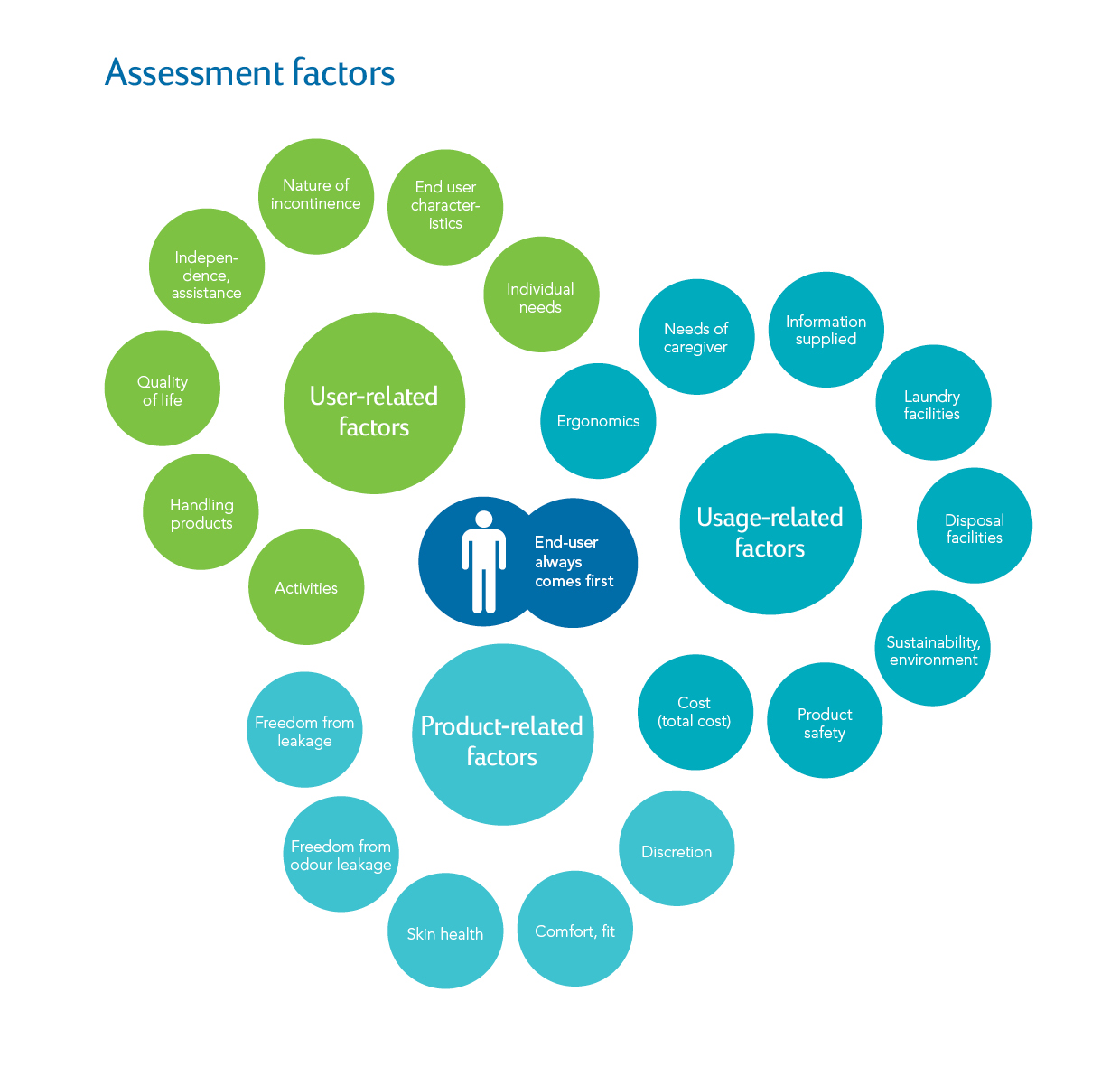Megjelent! Új, világszínvonalú inkontinencia szakmai irányelv – elsőként Magyarországon
A hazai inkontinencia ellátás területén egy igazi szakmai sikerről számolhatunk be.
Több szakmai kollégiumi tagozat és szakmai szervezet, úgymint az MKONT, Geriátria és Krónikus Ellátás Tagozat; Rehabilitáció; Ápolási Tagozat, valamint az Emberi Erőforrások Minisztériuma érintett kollégáinak több éves elkötelezett munkája eredményeképp idén az Egészségügyi Közlöny LXVI évf. 6. számában megjelent egy új, világszínvonalú szakmai irányelv - a felnőttkorban előforduló, nem neurogén eredetű vizeletinkontinenciáról -, mely széleskörű szakmacsoportot érint: a szociális ellátásban, otthonápolásban dolgozó kollégákat az alapellátásban, szakellátásban, kórházi ellátásban (krónikus/rehabilitációs osztályokon), és a gyógyszertárakban, gyógyászati segédeszközök szaküzletekben dolgozó szakembereket egyaránt.
Incontinence affects more than 100,000 persons (prevalence over 5%) and the absorbent devices constitute the largest item in the Medical Device budget of the National Health Insurance Fund. Thus, management of the lack of continence is among the most important tasks of the rehabilitation and healthcare system.
Both inadequate selection of device type and performance as well as inappropriate mode of application generate higher leakage rate. The elimination of this deficiency is the source of the above saving potential.
Reduction of leakage rate also means maximisation of dry days rate, which is also a key aspect for efficient and cost-effective management. The constantly low leakage rate is supported by, for example, the ISO 15621 international standard which provides the conceptual background for selection of the best absorbent device fitting for the current condition of incontinent patients.
The principle of ISO 15621 is maximum patient-focus of symptomatic therapy by using a device. Device selection dynamically following the patient profile reduces material costs through improvement of leakage rate, and the use of a device type assisting early mobilisation of patient decreases the burden of nurses while helping the rehabilitation process. However, acceptance of patient-orientation, as a basic principle, does not mean specific and consistent practice of the corresponding local standard operational procedures.
Such local standards implemented in real-life conditions have actually resulted in higher patient independence and dry day rate leading to a reduction in total daily therapeutic costs.
Intended use of medical devices supporting high patient independence and amount-saving use selected based on patient profile has been shown to be beneficial in every aspect compared to the uniform use of the traditional device.
Factors of evaluation


